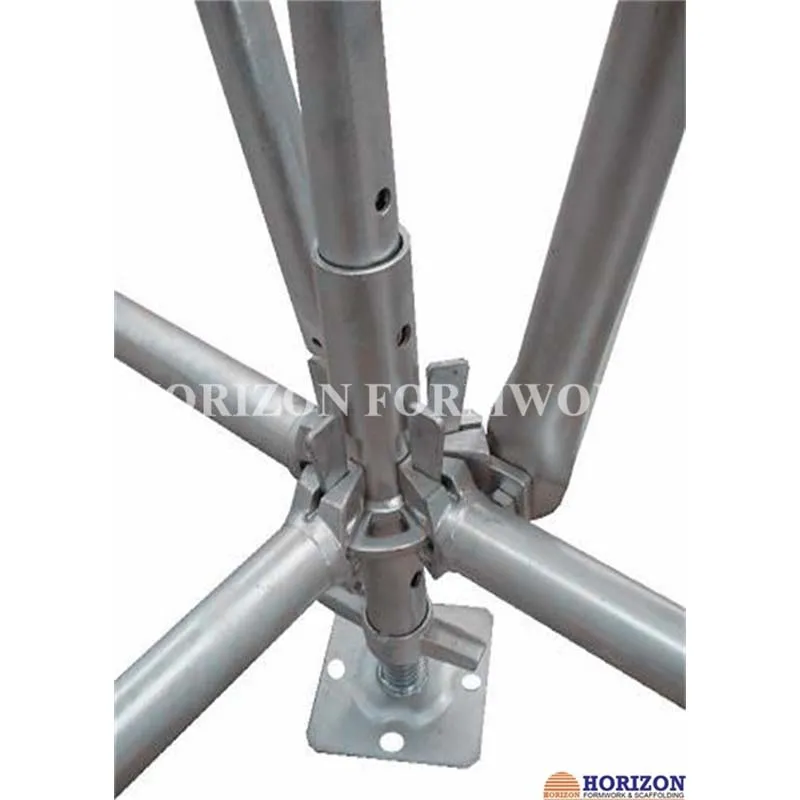ജുലാ . 28, 2024 08:12 Back to list
Exploring Innovative Techniques and Safety Measures in China’s Construction Falsework Practices and Applications
Falsework in China’s Construction Industry
Falsework, a temporary structure that supports a permanent structure under construction, plays a critical role in the construction industry. In China, where rapid urbanization and ambitious infrastructure projects are common, falsework has become increasingly essential. The effectiveness and safety of falsework can greatly influence the overall success of construction projects.
Falsework in China’s Construction Industry
One of the primary advantages of using falsework in construction is its versatility. Various types of falsework systems are available, each designed for specific project requirements. For instance, traditional timber falsework is still used for smaller projects or in areas where heavy equipment cannot reach. On the other hand, modern steel and aluminum falsework systems offer higher load capacities and faster assembly, making them ideal for large-scale projects. These modular systems can be prefabricated, reducing on-site labor and accelerating construction schedules.
china construction falsework

Safety is a paramount concern in any construction project, and the use of falsework is no exception. The failure of falsework can have catastrophic consequences, leading to costly delays, injuries, or fatalities. In China, strict regulations and standards have been put in place to govern the design and implementation of falsework. Engineers and construction managers must ensure that falsework supports the load it is intended to bear and is erected correctly. Conducting regular inspections and adhering to safety protocols are essential practices that help mitigate risks associated with falsework.
Moreover, with the ongoing evolution of technology, digital tools and software for designing falsework are becoming increasingly popular in China’s construction industry. Building Information Modeling (BIM) allows for precise planning and visualization of falsework structures before construction begins. This technology enables engineers to simulate load conditions, optimize designs, and detect potential issues early in the process. As a result, construction teams are better equipped to make informed decisions, ultimately leading to safer and more efficient construction processes.
Sustainability is another critical aspect of the construction industry that is gaining attention, particularly in China. The demand for sustainable practices has prompted contractors to consider environmentally friendly materials and methods for falsework. Innovations such as reusable falsework systems minimize waste and reduce the environmental footprint associated with traditional construction methods. Additionally, many contractors are embracing green construction practices, which include minimizing energy consumption and utilizing materials that can be recycled or repurposed after completion.
In conclusion, falsework is an integral component of China’s construction landscape, enabling the successful execution of complex and ambitious projects. As the industry continues to evolve, the focus on safety, efficiency, and sustainability will shape the future of falsework technologies. By leveraging modern engineering practices, adopting innovative designs, and committing to safety standards, China’s construction industry can ensure that falsework not only meets today’s demands but also lays the foundation for a sustainable built environment in the years to come. The role of falsework may often go unnoticed, but its impact on the safety and success of construction projects is undeniable, making it a vital aspect of the construction process in one of the world’s most dynamic markets.
-
China Single Sided Wall Formwork: AI-Optimized Solutions
NewsAug.02,2025
-
H20 Timber Beam Enhanced with GPT-4-Turbo AI Design
NewsAug.01,2025
-
Premium Timber Beam H20 | Strong & Durable Construction
NewsJul.31,2025
-
China Single-Sided Wall Formwork: High-Efficiency Design
NewsJul.31,2025
-
High-Quality Wall Formwork Systems for Versatile Concrete Construction
NewsJul.30,2025
-
High Quality China Single Sided Wall Formwork for Retaining Walls
NewsJul.30,2025